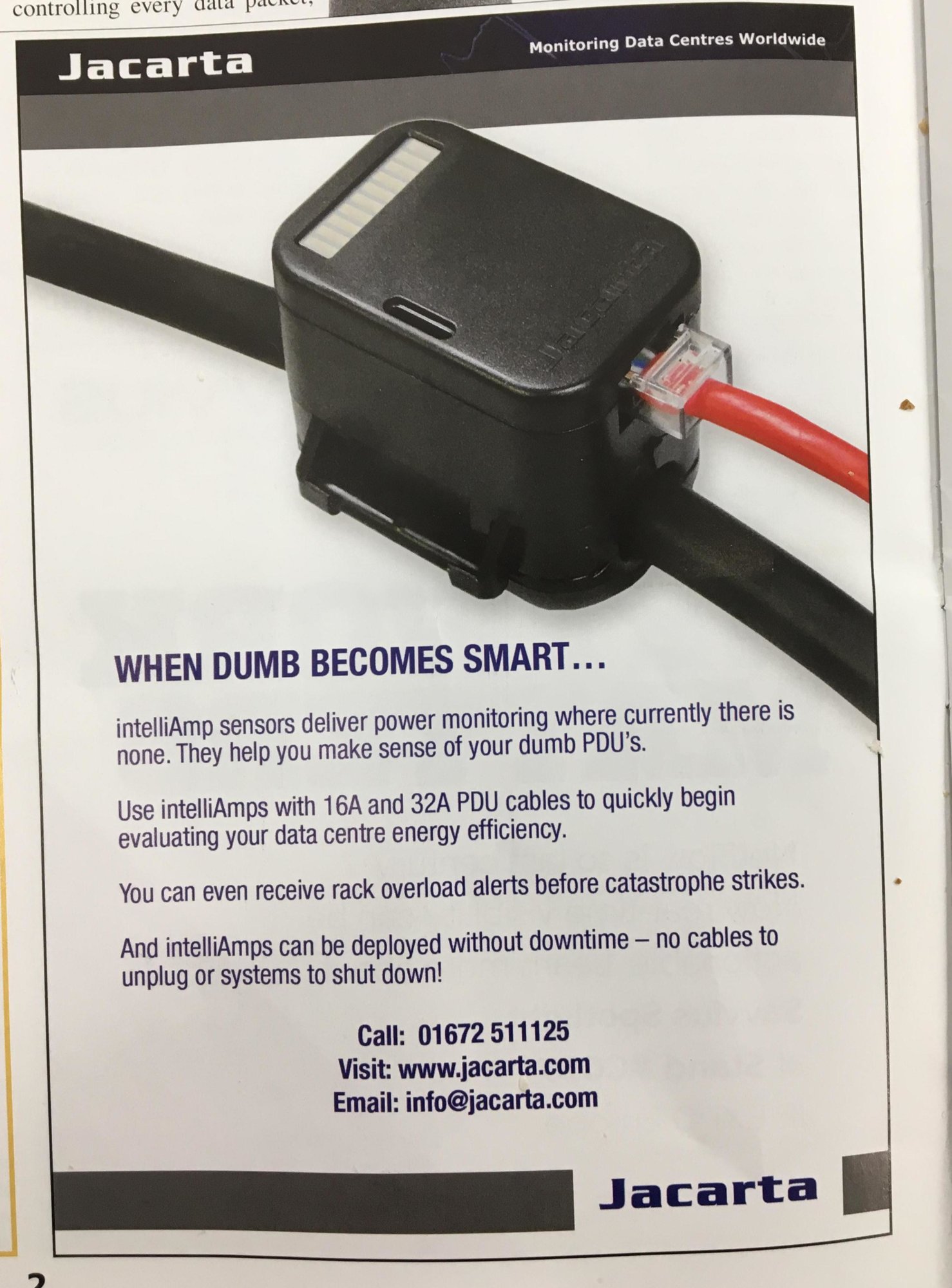So I saw this in a magazine at work today:
The PDF on it is here: http://www.jacarta.com/wp-content/uploads/2016/07/Jacarta-intelliAmp-2016.pdf
Apparently, it can measure power and current by simply clipping it over an active and already existing 3 core 16A/32A cables! (As in the ones that look like caravan electrical connectors.)
How does this work as I would have thought the magnetic fields of the Line and Neutral conductors in the cable would cancel each other out, hence why normally you put current clamps just over one current-carrying live cable!?
Regards: Elliott.
The PDF on it is here: http://www.jacarta.com/wp-content/uploads/2016/07/Jacarta-intelliAmp-2016.pdf
Apparently, it can measure power and current by simply clipping it over an active and already existing 3 core 16A/32A cables! (As in the ones that look like caravan electrical connectors.)
How does this work as I would have thought the magnetic fields of the Line and Neutral conductors in the cable would cancel each other out, hence why normally you put current clamps just over one current-carrying live cable!?
Regards: Elliott.


